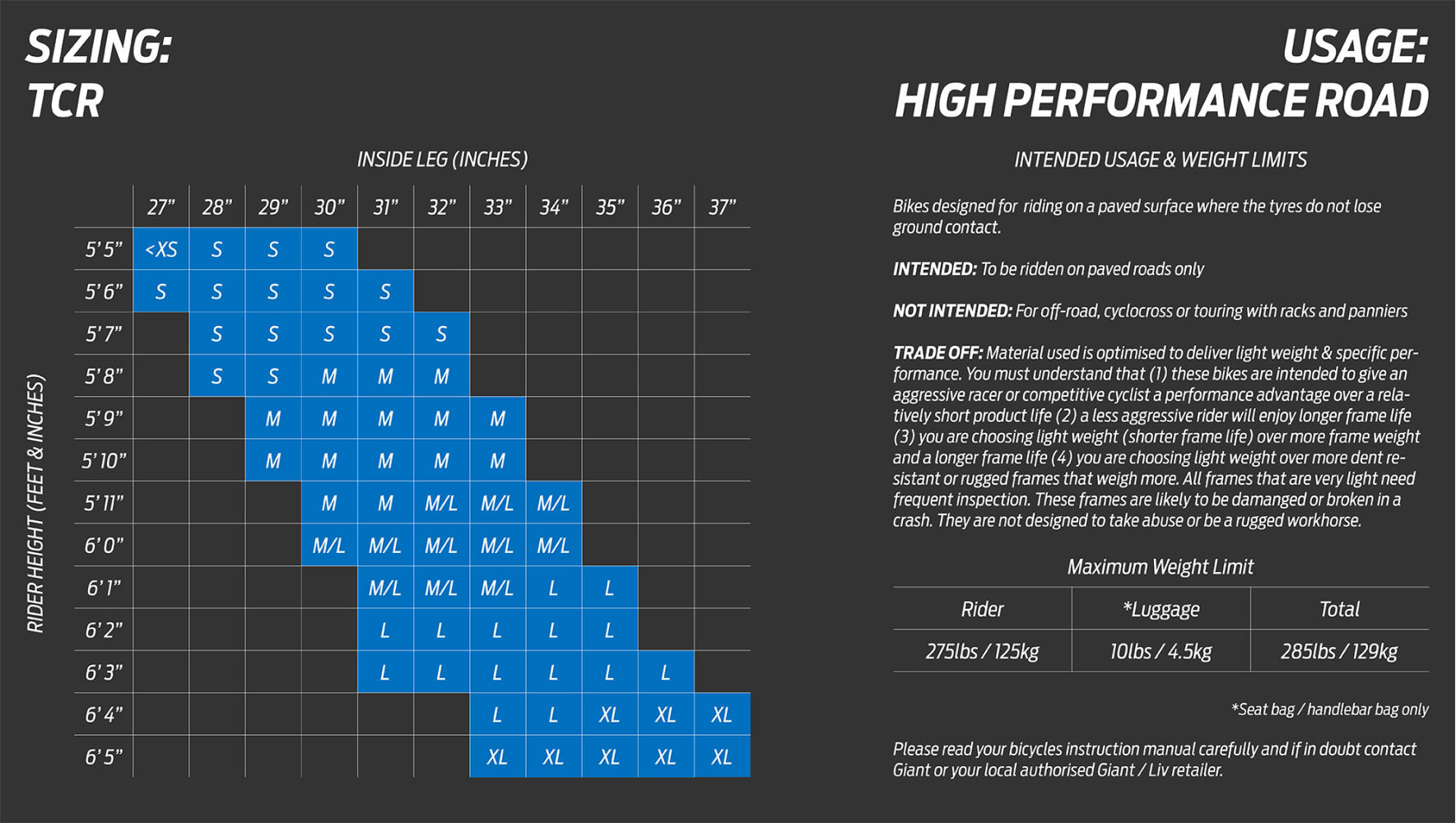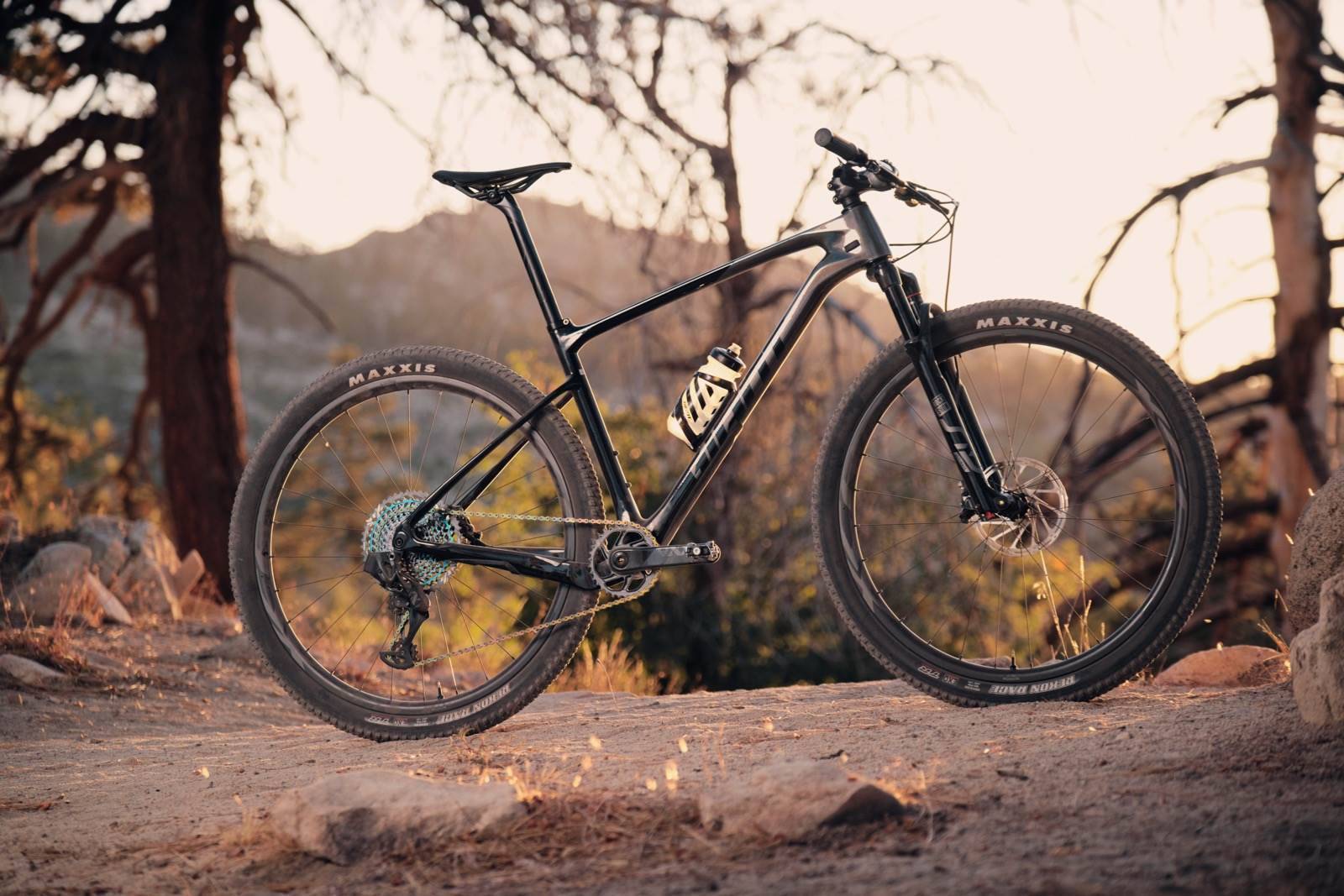Why Proper Bike Sizing Matters for a Comfortable Ride
A Giant mountain bike that fits correctly is essential for a comfortable and efficient ride. When a bike is the right size, riders can maintain a comfortable riding position, which reduces fatigue and discomfort. This, in turn, allows for improved performance, increased speed, and a more enjoyable overall experience. On the other hand, an ill-fitting bike can lead to a range of issues, including back and neck pain, numbness in the hands and feet, and even increased risk of accidents. A Giant mountain bike sizing chart is a valuable tool that helps riders find their perfect fit, ensuring a comfortable and efficient ride. By consulting a Giant mountain bike sizing chart, riders can determine their ideal bike size based on their unique measurements and riding style, setting themselves up for a successful ride.
Understanding Giant Mountain Bike Sizing: A Breakdown of the Chart
A Giant mountain bike sizing chart is a valuable tool that helps riders find their perfect fit. The chart takes into account various measurements, including inseam, arm length, and rider height, to determine the ideal bike size. Inseam, which is the distance from the floor to the top of the inner thigh, is a critical measurement as it affects the standover height and seat height of the bike. Arm length, on the other hand, influences the reach and comfort of the handlebars. Rider height is also essential, as it determines the overall fit and comfort of the bike. By considering these measurements, a Giant mountain bike sizing chart provides a comprehensive guide to finding the perfect fit. For instance, a rider with a longer inseam may require a larger bike size to ensure proper standover clearance, while a rider with shorter arms may prefer a bike with a shorter reach. By understanding the different components of the Giant mountain bike sizing chart, riders can make informed decisions when choosing their ideal bike.
How to Measure Yourself for a Giant Mountain Bike
To ensure an accurate fit, it’s essential to take precise measurements when using a Giant mountain bike sizing chart. Here’s a step-by-step guide to help you measure yourself correctly:
1. Inseam Measurement: Stand against a wall with your feet shoulder-width apart. Place a book or ruler between your legs, level with the top of your inner thigh. Measure the distance from the floor to the top of the book or ruler. This will give you your inseam measurement.
2. Arm Length Measurement: Stand against a wall with your arms relaxed by your sides. Measure the distance from the top of your shoulder, down to your wrist. This will give you your arm length measurement.
3. Rider Height Measurement: Stand against a wall with your feet shoulder-width apart. Measure the distance from the top of your head to the soles of your feet. This will give you your rider height measurement.
When taking these measurements, make sure to wear the same type of shoes you plan to wear while riding. It’s also essential to take multiple measurements to ensure accuracy. Once you have your measurements, you can consult a Giant mountain bike sizing chart to determine your ideal bike size. Remember, an accurate fit is crucial for a comfortable and efficient ride, so take your time and get it right.
Giant Mountain Bike Models and Their Corresponding Sizing Charts
Giant offers a wide range of mountain bike models, each designed to cater to specific riding styles and preferences. When choosing a Giant mountain bike, it’s essential to consider the corresponding sizing chart to ensure a perfect fit. Here are some popular Giant mountain bike models and their sizing charts:
TCX and TCX Advanced: These cross-country bikes are designed for speed and agility. The TCX and TCX Advanced sizing charts consider inseam, arm length, and rider height to provide a comfortable and efficient ride. Riders with a shorter inseam (less than 29 inches) may prefer the smaller frame sizes, while taller riders (over 33 inches) may require larger frame sizes.
Trance and Trance Advanced: These trail bikes are designed for versatility and comfort. The Trance and Trance Advanced sizing charts take into account the rider’s inseam, arm length, and rider height to provide a balanced ride. Riders with a longer arm length (over 24 inches) may prefer the larger frame sizes, while riders with a shorter arm length (less than 22 inches) may prefer the smaller frame sizes.
Stance and Stance Advanced: These enduro bikes are designed for aggressive riding and technical terrain. The Stance and Stance Advanced sizing charts consider the rider’s inseam, arm length, and rider height to provide a stable and responsive ride. Riders with a taller rider height (over 5’10”) may prefer the larger frame sizes, while riders with a shorter rider height (less than 5’6″) may prefer the smaller frame sizes.
When using a Giant mountain bike sizing chart, it’s essential to consider the unique features and considerations of each model. By doing so, riders can ensure a perfect fit and enjoy a comfortable and efficient ride. Remember to always consult the Giant mountain bike sizing chart specific to your chosen model to guarantee the best fit.
Common Mistakes to Avoid When Using a Giant Mountain Bike Sizing Chart
When using a Giant mountain bike sizing chart, it’s essential to avoid common mistakes that can lead to an ill-fitting bike. Here are some common errors to watch out for:
Not Considering Riding Style: Failing to consider your riding style can lead to a bike that’s not suited to your needs. For example, if you’re an aggressive rider, you may require a bike with a longer reach and a slacker head angle. Make sure to consider your riding style when selecting a Giant mountain bike model and corresponding sizing chart.
Ignoring Terrain: The terrain you ride on can significantly impact the type of bike you need. For instance, if you ride on technical trails, you may require a bike with a shorter wheelbase and a more upright riding position. Don’t forget to consider the terrain you’ll be riding on when using a Giant mountain bike sizing chart.
Not Measuring Accurately: Inaccurate measurements can lead to a bike that’s too small or too large. Make sure to take precise measurements, following the steps outlined in the Giant mountain bike sizing chart. Double-check your measurements to ensure accuracy.
Not Considering Body Type: Riders with unique body types or needs, such as taller or shorter riders, may require special considerations when using a Giant mountain bike sizing chart. Don’t assume that a standard sizing chart will work for you – take the time to research and find a bike that accommodates your needs.
By avoiding these common mistakes, riders can ensure a perfect fit with their Giant mountain bike. Remember to always consult the Giant mountain bike sizing chart specific to your chosen model and consider your riding style, terrain, and body type to find the ideal bike for you.
Real-Life Examples: Finding the Perfect Fit with Giant Mountain Bikes
To illustrate the importance of proper bike sizing, let’s take a look at some real-life examples of riders who have found their perfect fit with Giant mountain bikes.
Rider 1: Alex, the Cross-Country Enthusiast
Alex is a 5’9″ cross-country rider with an inseam of 31 inches and an arm length of 23 inches. After consulting the Giant mountain bike sizing chart, Alex chose the TCX Advanced, which provided a comfortable and efficient ride. With a riding style focused on speed and agility, Alex appreciated the TCX Advanced’s lightweight frame and responsive handling.
Rider 2: Maya, the Trail Rider
Maya is a 5’5″ trail rider with an inseam of 29 inches and an arm length of 22 inches. After measuring herself and consulting the Giant mountain bike sizing chart, Maya chose the Trance, which offered a balanced ride and confident handling. With a riding style focused on technical terrain and all-day adventures, Maya appreciated the Trance’s versatility and comfort.
Rider 3: Jake, the Enduro Enthusiast
Jake is a 6’2″ enduro rider with an inseam of 34 inches and an arm length of 25 inches. After consulting the Giant mountain bike sizing chart, Jake chose the Stance, which provided a stable and responsive ride. With a riding style focused on aggressive descents and technical terrain, Jake appreciated the Stance’s slack head angle and long wheelbase.
These real-life examples demonstrate the importance of proper bike sizing and how it can impact a rider’s comfort, performance, and overall riding experience. By consulting the Giant mountain bike sizing chart and considering their unique measurements and riding styles, Alex, Maya, and Jake were able to find their perfect fit and enjoy a more confident and enjoyable ride.
Tips for Riders with Unique Body Types or Needs
Riders with unique body types or needs require special consideration when using a Giant mountain bike sizing chart. Here are some tips to help these riders find a Giant mountain bike that accommodates their requirements:
Taller Riders: Taller riders may require a bike with a longer wheelbase and a more upright riding position. Look for Giant mountain bike models with a longer reach and a slacker head angle, such as the TCX Advanced or the Trance. Additionally, consider a bike with a higher standover height to ensure comfortable clearance.
Shorter Riders: Shorter riders may require a bike with a shorter wheelbase and a more compact riding position. Look for Giant mountain bike models with a shorter reach and a steeper head angle, such as the TCX or the Stance. Additionally, consider a bike with a lower standover height to ensure easy mounting and dismounting.
Riders with Longer or Shorter Arms: Riders with longer or shorter arms may require a bike with a custom stem length or handlebar setup. Consult with a professional bike fitter or a Giant mountain bike dealer to determine the ideal stem length and handlebar setup for your unique arm length.
Riders with Unique Riding Styles: Riders with unique riding styles, such as downhill or enduro riders, may require a bike with specific features and considerations. Look for Giant mountain bike models with features such as slack head angles, long wheelbases, and burly suspension systems, such as the Reign or the Glory.
By considering these tips and consulting the Giant mountain bike sizing chart, riders with unique body types or needs can find a bike that accommodates their requirements and provides a comfortable and efficient ride.
Conclusion: Finding Your Ideal Giant Mountain Bike with Confidence
Proper bike sizing is crucial for a comfortable and efficient ride. By understanding the importance of proper bike sizing, breaking down the Giant mountain bike sizing chart, and taking accurate measurements, riders can find their perfect fit. Additionally, considering unique body types or needs and avoiding common mistakes can ensure a confident and enjoyable ride.
To recap, when using a Giant mountain bike sizing chart, remember to:
- Consider your riding style and terrain
- Take accurate measurements of your inseam, arm length, and rider height
- Consult the Giant mountain bike sizing chart for your chosen model
- Consider unique features or considerations for your chosen model
- Avoid common mistakes, such as not considering your riding style or terrain
By following these steps and considering the tips and advice provided, riders can find their ideal Giant mountain bike with confidence. Remember, proper bike sizing is key to a comfortable and efficient ride, and with the right Giant mountain bike, you’ll be ready to tackle any trail that comes your way.
Don’t settle for a bike that doesn’t fit – use the Giant mountain bike sizing chart to find your perfect fit and experience the difference for yourself. With a wide range of models and sizes to choose from, Giant has a bike that’s right for you. So why wait? Find your ideal Giant mountain bike today and start riding with confidence!








.jpg)